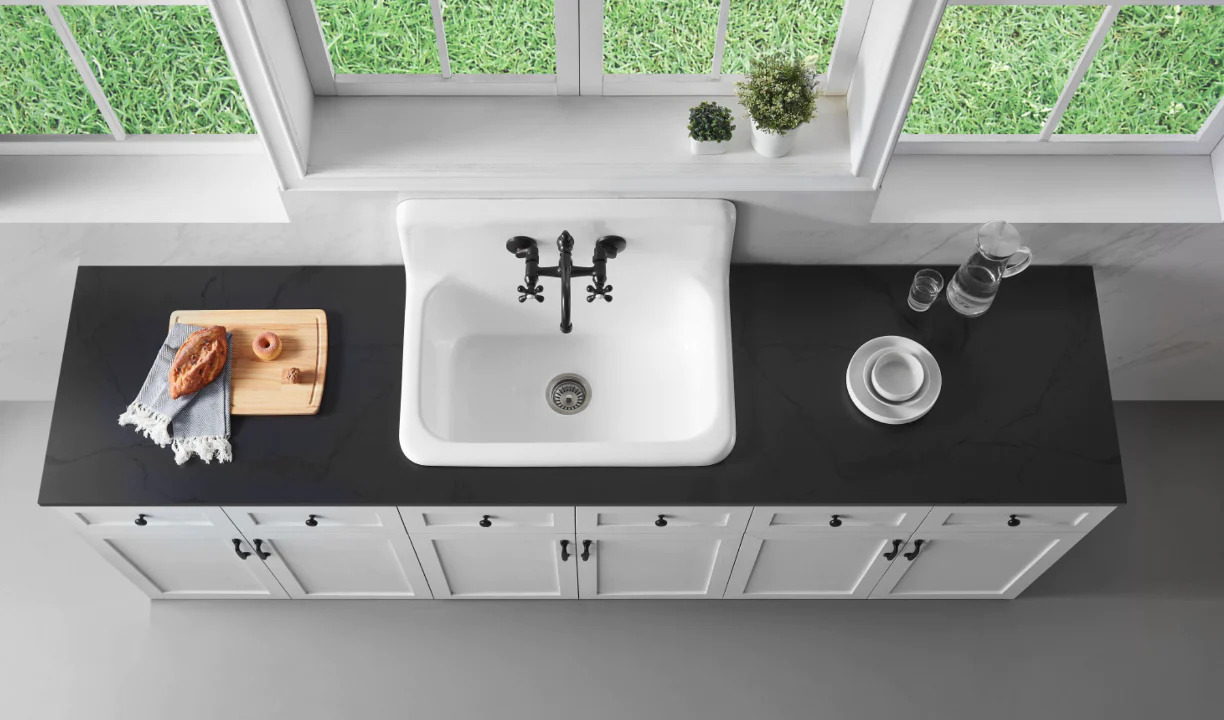

Articles
How To Clean A White Cast Iron Sink
Modified: August 28, 2024
Learn effective methods and tips for cleaning a white cast iron sink with our informative articles. Keep your sink looking pristine and shining for years to come.
(Many of the links in this article redirect to a specific reviewed product. Your purchase of these products through affiliate links helps to generate commission for Storables.com, at no extra cost. Learn more)
Introduction
Welcome to our guide on how to clean a white cast iron sink. Cast iron sinks are known for their durability and classic beauty, making them a popular choice for many homeowners. However, over time, white cast iron sinks can start to accumulate stains, rust, and grime, detracting from their pristine appearance. Fortunately, with the right supplies and a little bit of elbow grease, you can restore your white cast iron sink to its former glory.
Before we get into the cleaning process, it’s important to gather the necessary supplies. Here are the items you’ll need:
– Dish soap or mild detergent
– Baking soda
– Vinegar
– Lemon
– Soft sponge or cloth
– Nylon brush
– Paper towels or microfiber cloth
– Rubber gloves
– Toothbrush (optional for hard-to-reach areas)
– Hydrogen peroxide (optional for stubborn stains)
– Rust remover (optional for severe rust)
Now that you have everything you need, let’s dive into the step-by-step process of cleaning your white cast iron sink.
Key Takeaways:
- Restore the beauty of your white cast iron sink by using simple household items like baking soda, vinegar, and lemon. Regular maintenance and prompt cleaning will keep your sink looking pristine for years to come.
- Don’t let stubborn stains and rust ruin the appearance of your white cast iron sink. Utilize specific cleaning techniques and proactive maintenance to preserve its classic beauty and durability.
Read more: How To Refinish A Cast Iron Sink
Supplies Needed
Before you start cleaning your white cast iron sink, it’s important to gather all the necessary supplies. Here’s a list of the items you’ll need:
- Dish soap or mild detergent: This will serve as the base cleaner for your sink.
- Baking soda: Baking soda is a versatile cleaning agent that can help remove stains and deodorize your sink.
- Vinegar: Vinegar is a natural acid that can help dissolve mineral deposits and stains.
- Lemon: Lemon is another natural acid that can help remove stains and leave your sink smelling fresh.
- Soft sponge or cloth: Use a soft sponge or cloth to gently scrub the sink surface.
- Nylon brush: A nylon brush is useful for scrubbing tougher stains and reaching into corners and crevices.
- Paper towels or microfiber cloth: These are essential for drying the sink after cleaning.
- Rubber gloves: Protect your hands by wearing rubber gloves while cleaning.
- Toothbrush (optional): A toothbrush can be helpful for cleaning hard-to-reach areas and grooves.
- Hydrogen peroxide (optional): Hydrogen peroxide can be used for stubborn stains that need a little extra power to remove.
- Rust remover (optional): If your sink has severe rust stains, a rust remover can help eliminate them.
Having these supplies on hand will ensure that you’re fully prepared to tackle the cleaning process and achieve a sparkling white cast iron sink. Now, let’s move on to preparing the sink for cleaning.
Preparing the Sink
Before diving into the actual cleaning process, it’s essential to properly prepare your white cast iron sink. This step will help make the cleaning process more effective and efficient. Here’s how to prepare your sink:
- Remove any dishes or debris: Start by removing any dishes, utensils, or debris from the sink. This will give you a clear surface to work with and prevent any items from getting in the way during the cleaning process.
- Run warm water: Turn on the faucet and let warm water flow into the sink for a few minutes. This will help loosen any dirt or grime that may be clinging to the surface of the sink.
- Plug the drain: Once the sink is filled with warm water, plug the drain to prevent water from draining out while you’re cleaning. This will allow you to keep the cleaning solutions in the sink for a longer period, maximizing their cleaning power.
- Put on rubber gloves: Protect your hands by wearing rubber gloves throughout the cleaning process. This will not only shield your skin from cleaning agents but also provide better grip while scrubbing.
With these simple steps, you’ll have your sink ready for the cleaning process. The warm water will help loosen any surface dirt, making it easier to remove during the cleaning process. Now, let’s move on to cleaning the sink.
Cleaning the Sink
Now that you’ve prepared your white cast iron sink, it’s time to start the actual cleaning process. Follow these steps to effectively clean your sink:
- Apply dish soap or mild detergent: Squirt a small amount of dish soap or mild detergent onto a soft sponge or cloth. Spread it evenly across the entire surface of the sink. This will serve as the base cleaner and help remove general dirt and grime.
- Scrub gently: Using the soapy sponge or cloth, gently scrub the sink surface in circular motions. Pay attention to areas where dirt and stains are more noticeable, such as around the edges and the bottom of the sink. Continue scrubbing until you’ve covered the entire surface.
- Rinse thoroughly: Once you’ve thoroughly scrubbed the sink, rinse it with warm water to remove the soapy residue. Ensure that all the soap has been rinsed away, as any residue left behind can dull the appearance of the sink.
- Use baking soda for stubborn stains: If there are lingering stains or discoloration on your sink, sprinkle baking soda directly onto the surface. Use a damp sponge or cloth to gently scrub the baking soda into the stains. The mild abrasive properties of baking soda will help lift and remove stubborn stains.
- Rinse again: After scrubbing with baking soda, rinse the sink thoroughly with warm water to remove any residue.
- Remove mineral deposits with vinegar: If your sink has mineral deposits or hard water stains, soak a soft cloth or sponge in vinegar and place it directly on the affected areas. Let it sit for about 15 minutes to allow the vinegar to dissolve the deposits. Then, gently scrub the area with the cloth or sponge. Rinse the sink thoroughly with warm water.
- Enhance shine with lemon: For an extra shine and fresh scent, cut a lemon in half and rub it over the entire sink surface. The natural acidity of the lemon will help remove any remaining stains and leave your sink smelling clean and fresh. Rinse the sink with warm water to remove any lemon residue.
By following these steps, you’ll be able to effectively clean your white cast iron sink and restore its pristine appearance. However, if you’re dealing with stubborn stains or rust, there are specific steps you can take to address those issues. Let’s explore those in the next sections.
Use a non-abrasive cleaner and a soft sponge to gently scrub the surface of the white cast iron sink. Avoid using harsh chemicals or abrasive scrubbers to prevent scratching the surface.
Removing Stains
If your white cast iron sink has stubborn stains that have not been fully removed during the general cleaning process, don’t worry. There are additional techniques you can try to target specific types of stains. Here’s how to remove common stains from your sink:
- Food stains: For food stains that are more stubborn, create a paste by mixing baking soda and water until you have a thick consistency. Apply the paste to the stained areas and let it sit for about 10-15 minutes. Then, scrub the area with a soft sponge or cloth. Rinse thoroughly with warm water.
- Mineral deposits: If your sink has noticeable mineral deposits, such as white or greenish buildup, create a mixture of equal parts vinegar and warm water in a spray bottle. Spray the solution onto the affected areas and let it sit for a few minutes to allow the vinegar to dissolve the minerals. Scrub the area gently with a sponge or cloth, then rinse thoroughly.
- Rust stains: To tackle rust stains on your white cast iron sink, you can make a paste using equal parts baking soda and hydrogen peroxide. Apply the paste directly onto the rust stains and let it sit for about 15 minutes. Scrub the area gently with a nylon brush, then rinse thoroughly. For severe rust stains, you may need to use a commercial rust remover. Follow the instructions on the product carefully.
Remember to rinse your sink thoroughly after applying any cleaning agents or mixtures to ensure that all residue is removed. Always test any cleaners or DIY solutions on a small, inconspicuous area of the sink first to ensure they won’t cause damage or discoloration.
By following these stain removal techniques, you can effectively target and eliminate different types of stains. However, prevention is also important to maintain a clean and stain-free white cast iron sink. Let’s explore some tips for ongoing maintenance in the next section.
Read more: How To Clean A Cast Iron Fireplace
Dealing with Rust
Rust stains can be a common issue with white cast iron sinks, especially if they are not properly cared for or have been exposed to a lot of moisture. If your sink has rust stains that are difficult to remove, here are some steps you can take to deal with the rust:
- Inspect the sink: Before beginning the rust removal process, thoroughly inspect your sink to assess the extent of the rust damage. Identify any areas with severe rust that may require extra attention.
- Prepare a rust removal solution: You can purchase a commercial rust remover that is safe for cast iron sinks from your local hardware store. Follow the instructions on the product for the best results. Alternatively, you can create a homemade rust removal solution by combining equal parts lemon juice and salt to create a paste.
- Apply the rust removal solution: Spread the rust removal solution onto the affected areas of your sink using a sponge or cloth. Make sure to cover the rust stains completely and let the solution sit for about 15-30 minutes. This will allow the solution to penetrate the rust and break it down.
- Scrub with a nylon brush: After the rust removal solution has had time to work, scrub the rust stains with a nylon brush or a toothbrush. Apply gentle pressure and use circular motions to loosen the rust. Continue scrubbing until the rust stains start to fade.
- Rinse thoroughly: Once you’ve scrubbed the rust stains, rinse the sink thoroughly with warm water. Make sure to remove any residue from the rust removal solution to prevent it from further damaging your sink.
- Dry the sink: After rinsing, use a soft cloth or paper towel to dry the sink completely. Moisture can promote further rusting, so it’s important to ensure that your sink is dry.
If the rust stains are deeply embedded or persistent, you may need to repeat this process multiple times or seek professional help. Additionally, it’s crucial to address the underlying cause of the rust, such as fixing any leaks or addressing excessive moisture in the area surrounding the sink.
By following these steps and being proactive in addressing rust issues, you can restore the beauty of your white cast iron sink and prolong its lifespan. However, regular maintenance is key to preventing rust from recurring and maintaining the overall condition of your sink.
Maintaining the Sink
Regular maintenance is essential to keep your white cast iron sink looking pristine and to prevent the buildup of stains and rust. Here are some tips to help you maintain your sink:
- Clean up spills and stains promptly: Don’t allow spills or stains to sit on the surface of your sink for too long. Clean them up as soon as possible to prevent them from becoming stubborn stains.
- Avoid harsh chemical cleaners: Harsh chemical cleaners can damage the enamel of your cast iron sink. Stick to mild detergents and natural cleaning agents like baking soda and vinegar.
- Use a non-abrasive sponge or cloth: When cleaning your sink, always use a soft sponge or cloth. Avoid using abrasive scrub brushes or steel wool, as these can scratch the surface of the sink.
- Prevent excessive moisture: Keep the area around your sink dry to prevent rust from forming. Wipe down the sink regularly and fix any leaks or plumbing issues promptly to minimize moisture exposure.
- Avoid leaving standing water: Leaving standing water in your sink for extended periods can lead to staining and promote the growth of bacteria. Try to drain the sink and wipe it dry after each use.
- Regularly apply a protective coating: To further protect your sink from stains and rust, consider applying a protective coating. There are specific products available for cast iron sinks that can provide a barrier against staining and rusting.
- Be cautious with heavy objects: Dropping heavy objects into your sink can cause chipping or cracking. Handle heavy pots, pans, and other items with care when placing them in the sink.
- Avoid cutting directly on the sink surface: While cast iron sinks are tough, cutting directly on the surface can cause scratches and damage. Use a cutting board to protect the sink from sharp objects.
By following these maintenance tips, you can prolong the lifespan of your white cast iron sink and keep it looking as good as new. Regular care and attention will go a long way in preserving its beauty and functionality over time.
Conclusion
Cleaning a white cast iron sink doesn’t have to be a daunting task. With the right supplies and a little bit of effort, you can restore your sink’s pristine appearance and maintain its beauty for years to come. Remember these key points as you tackle the cleaning process:
– Gather all the necessary supplies, including dish soap, baking soda, vinegar, lemon, a soft sponge or cloth, and rubber gloves.
– Begin by preparing your sink, removing any debris, running warm water, and plugging the drain.
– Use dish soap or mild detergent to clean the sink surface, gently scrubbing with a soft sponge or cloth.
– Rinse the sink thoroughly to remove any soap residue.
– For stubborn stains, utilize baking soda, vinegar, or lemon to target specific types of stains.
– Take extra measures to deal with rust stains, including rust removal solutions or commercial rust removers.
– Regularly maintain the sink by promptly cleaning up spills, using non-abrasive materials, preventing excessive moisture, and applying a protective coating.
– Be cautious with heavy objects and avoid cutting directly on the sink surface.
By following these guidelines, your white cast iron sink will remain a stunning centerpiece in your kitchen or bathroom. Remember, maintenance is key to preserving its beauty and durability. With a little care, your sink will continue to shine and enhance the overall aesthetic of your space.
So, roll up your sleeves, gather your supplies, and give your white cast iron sink the TLC it deserves. Enjoy a clean, sparkling sink that adds a touch of elegance to your home.
Frequently Asked Questions about How To Clean A White Cast Iron Sink
Was this page helpful?
At Storables.com, we guarantee accurate and reliable information. Our content, validated by Expert Board Contributors, is crafted following stringent Editorial Policies. We're committed to providing you with well-researched, expert-backed insights for all your informational needs.
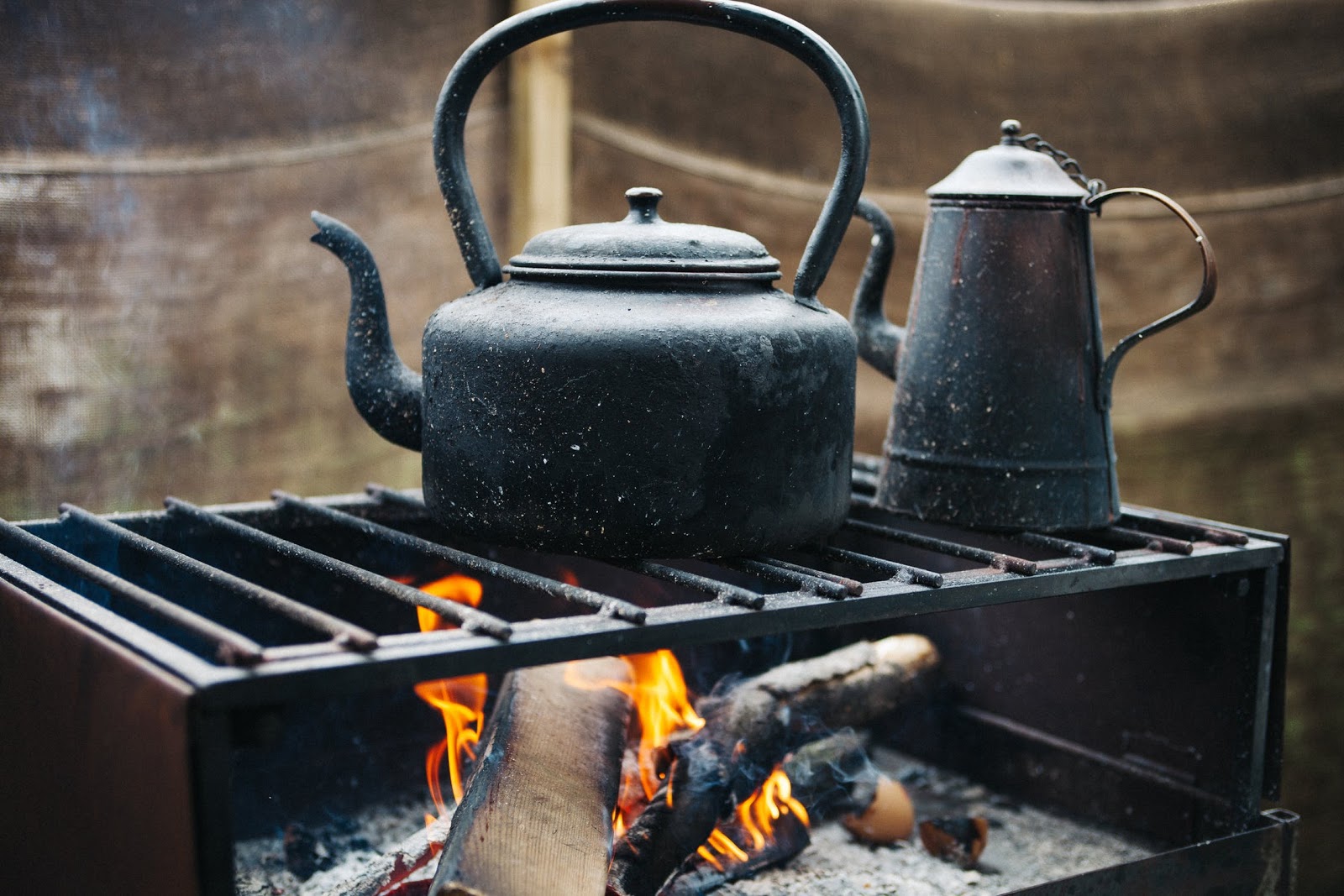
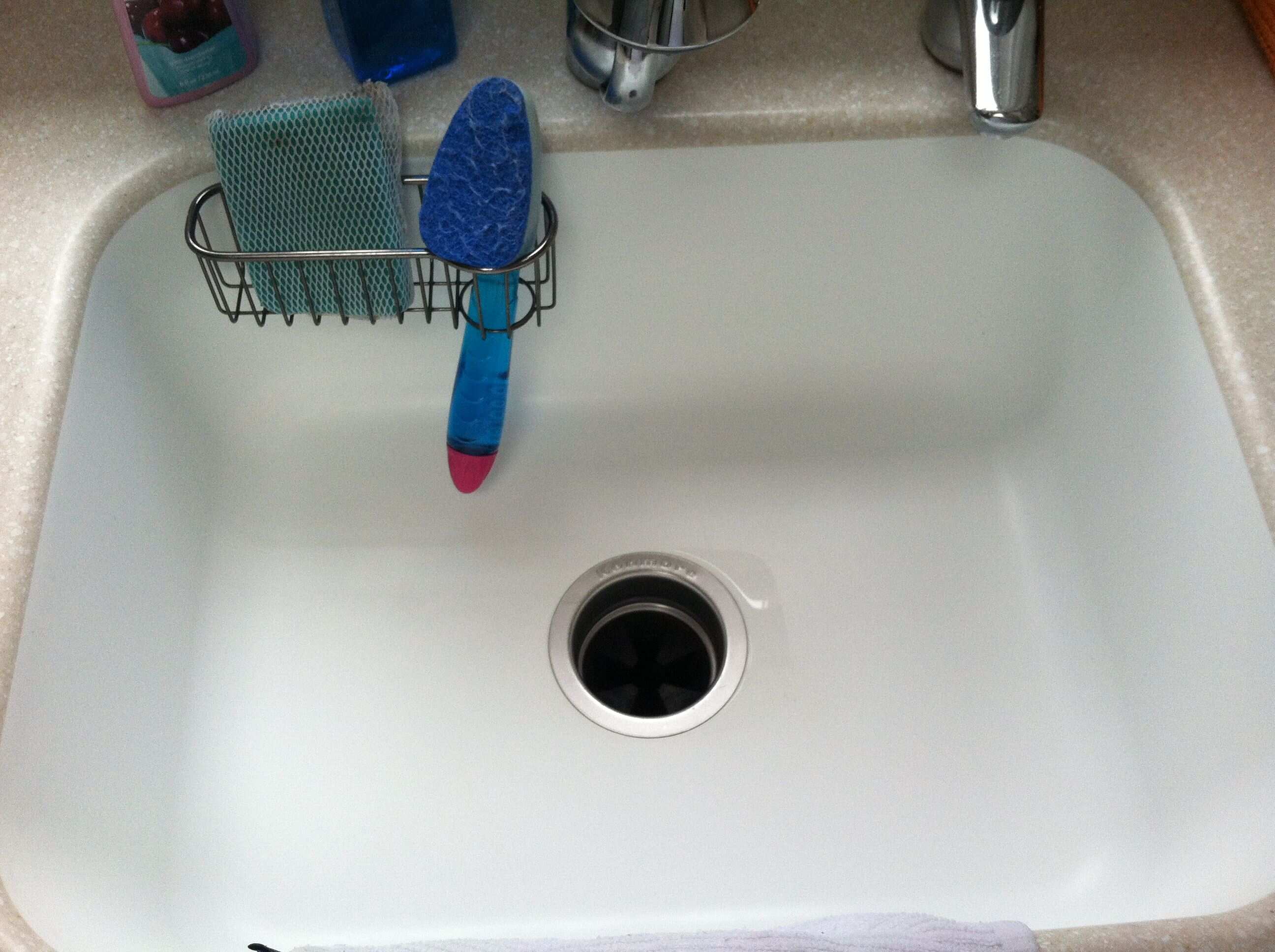
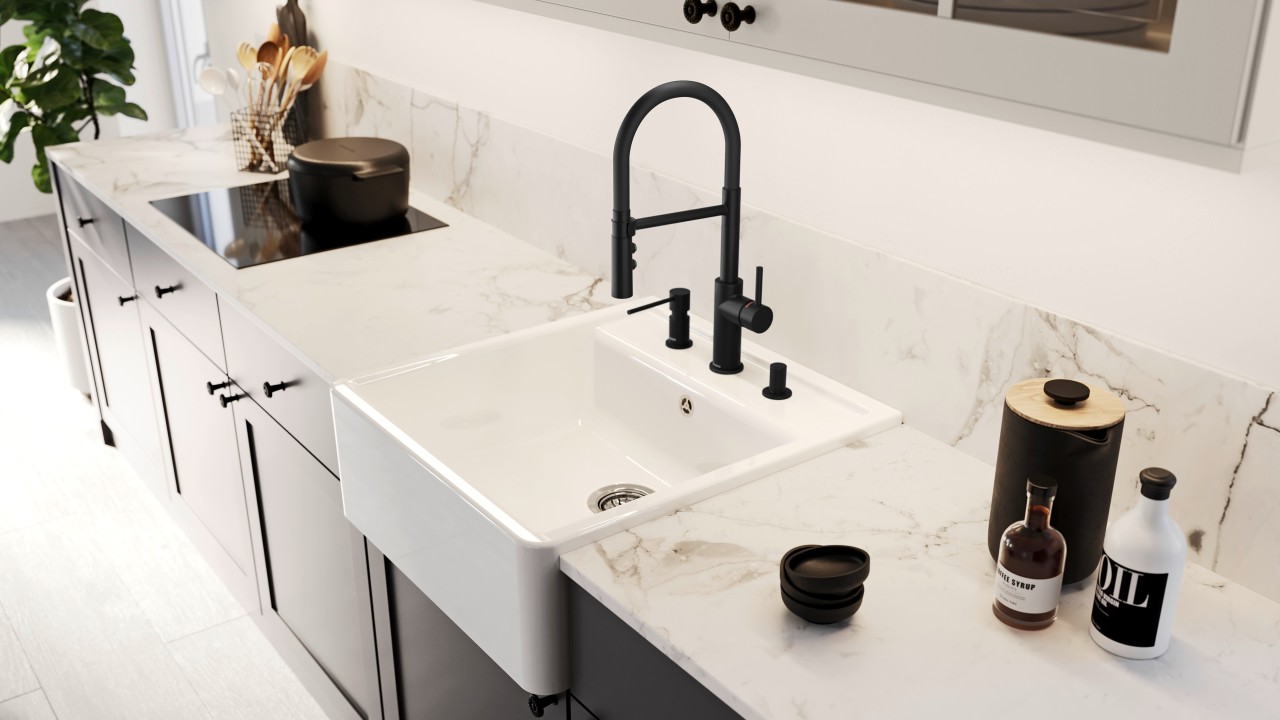
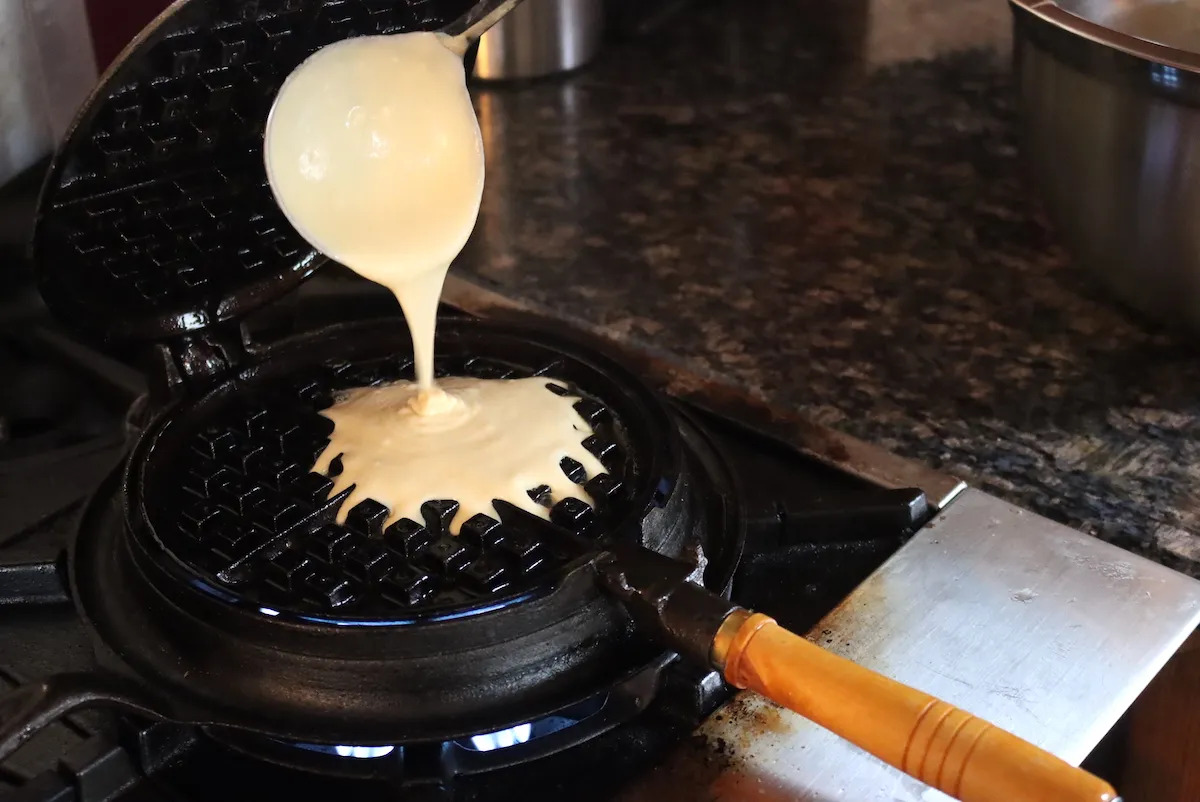
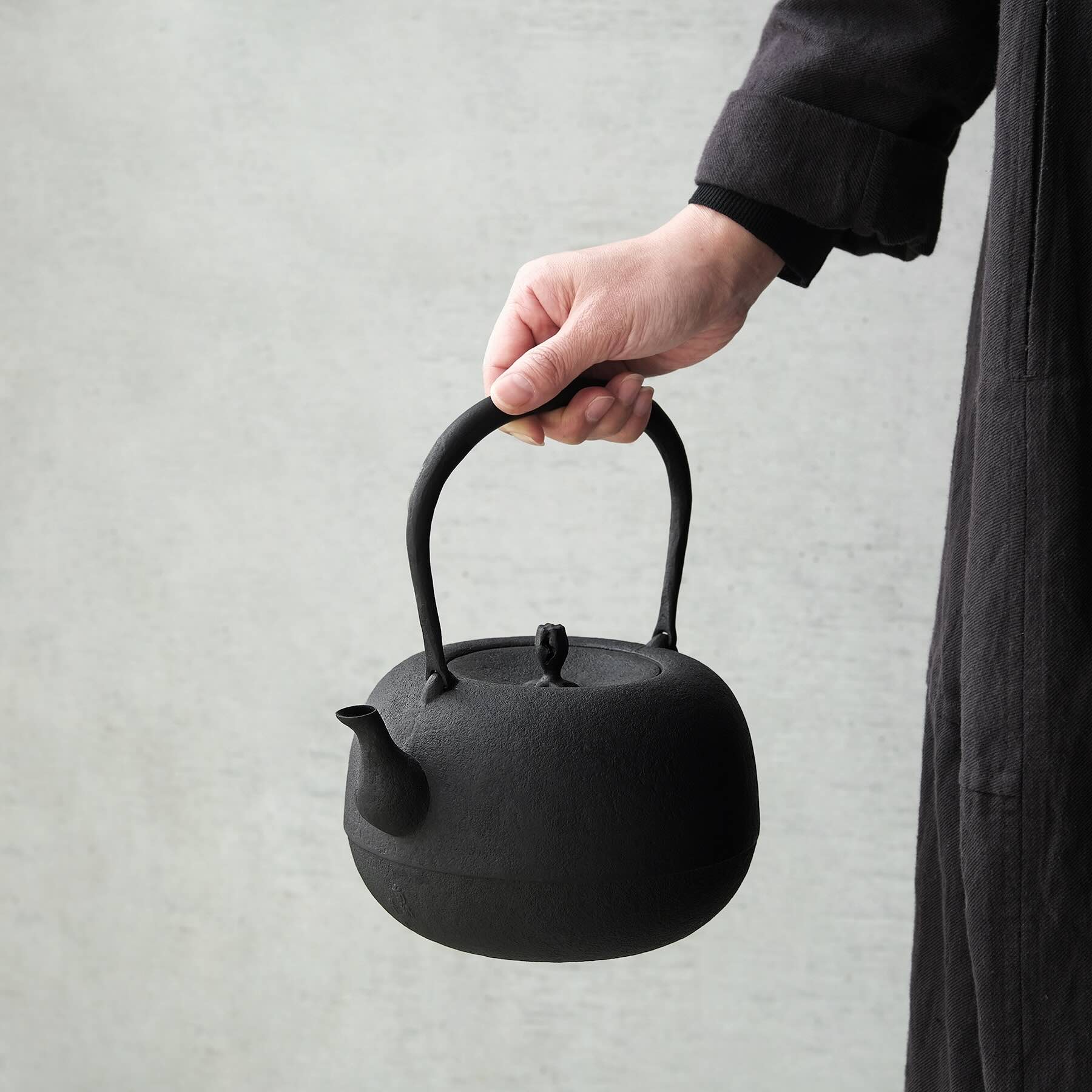

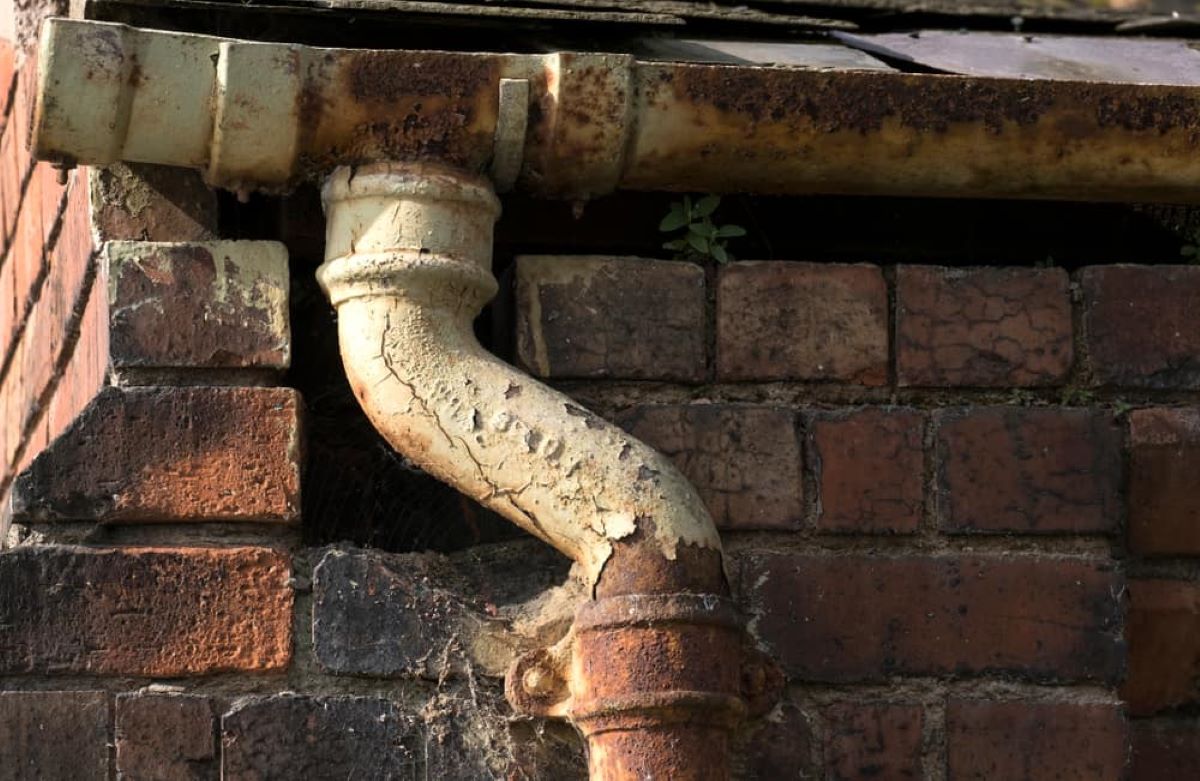
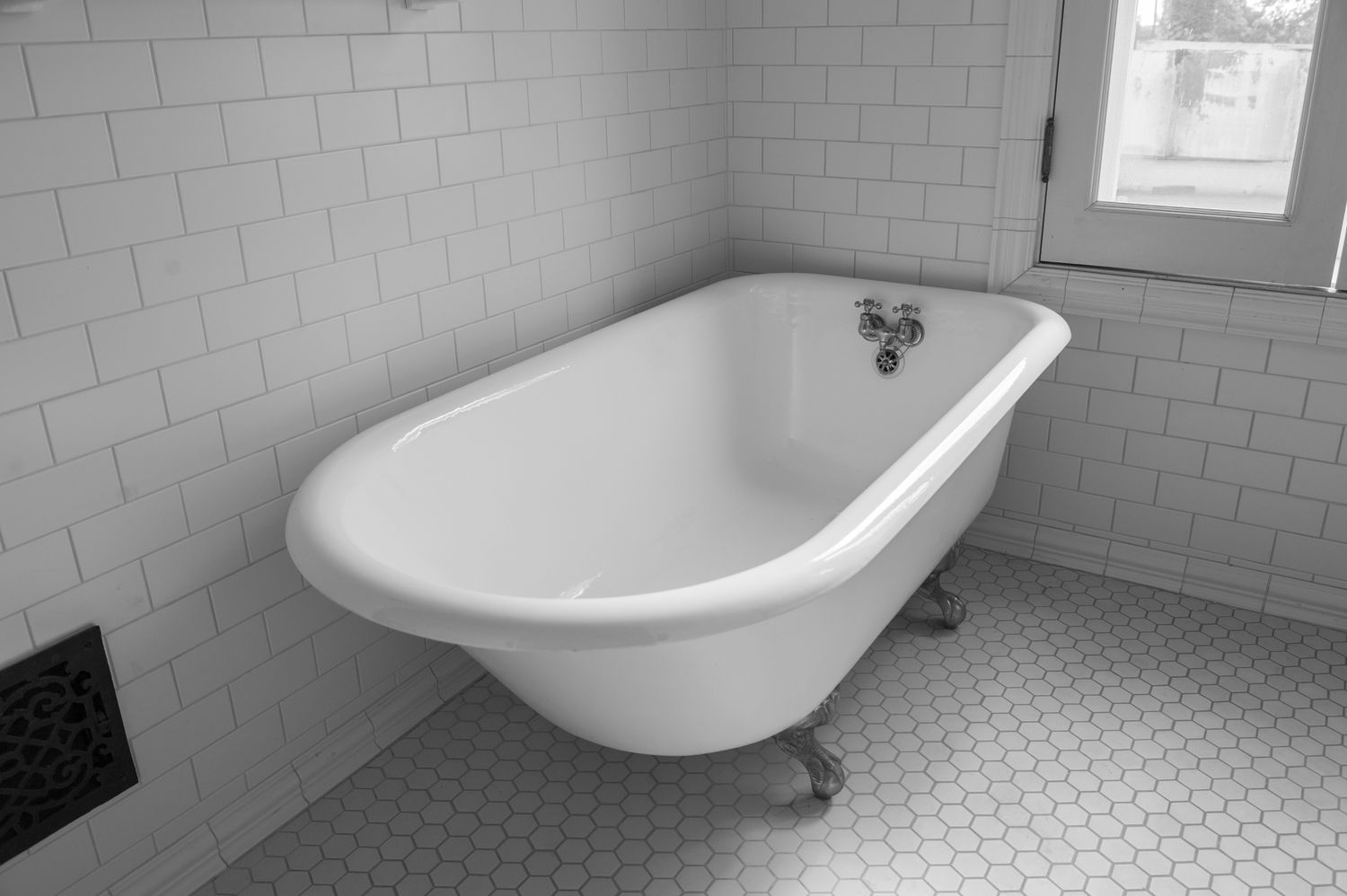
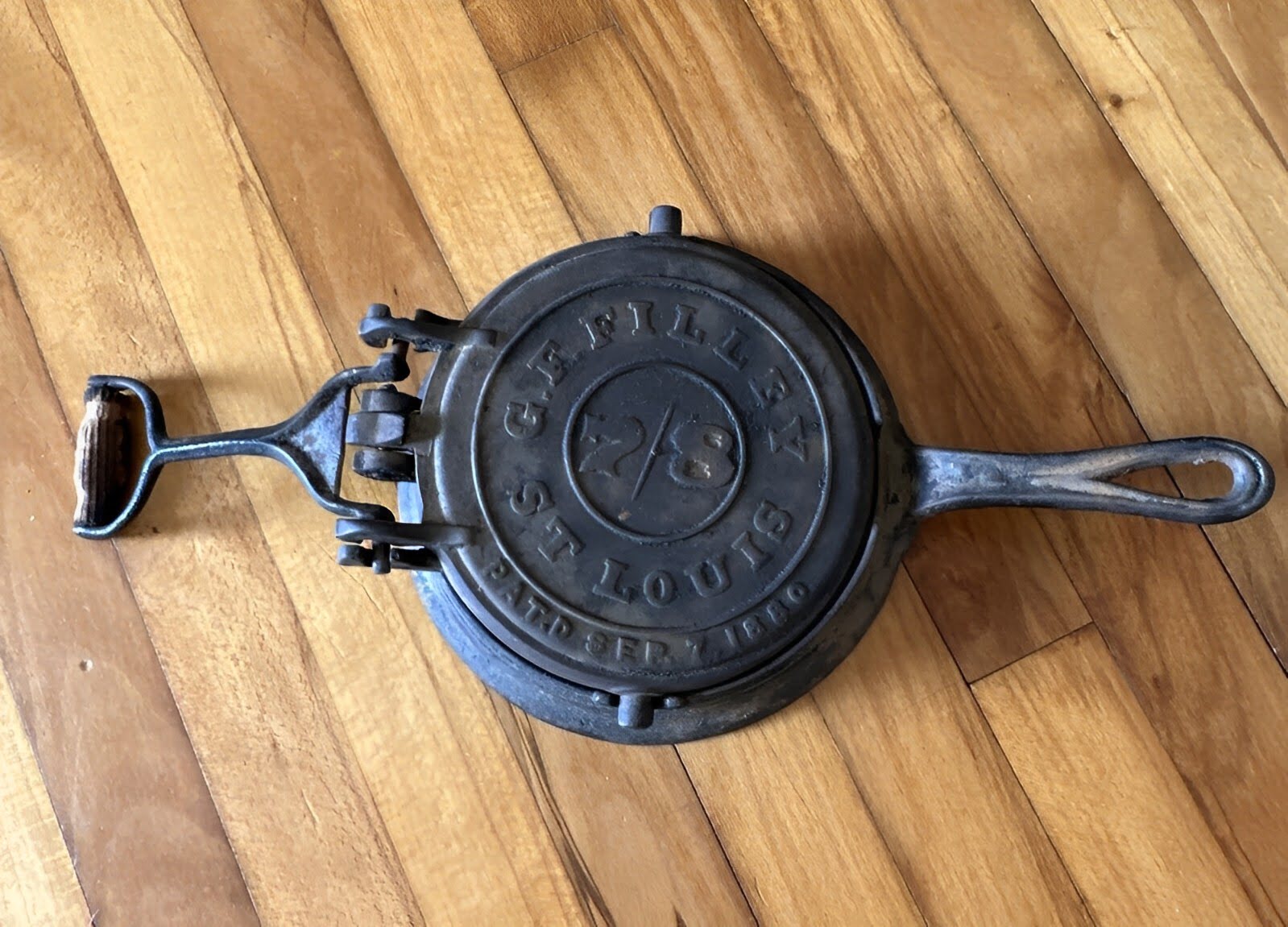
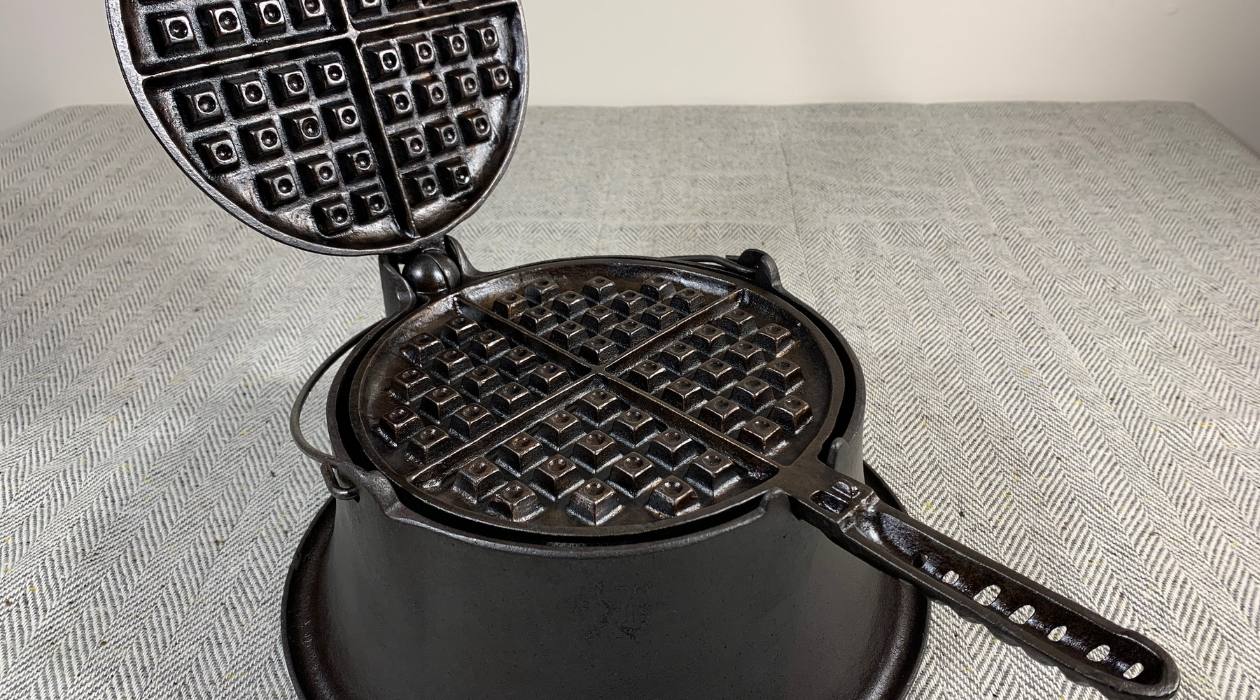

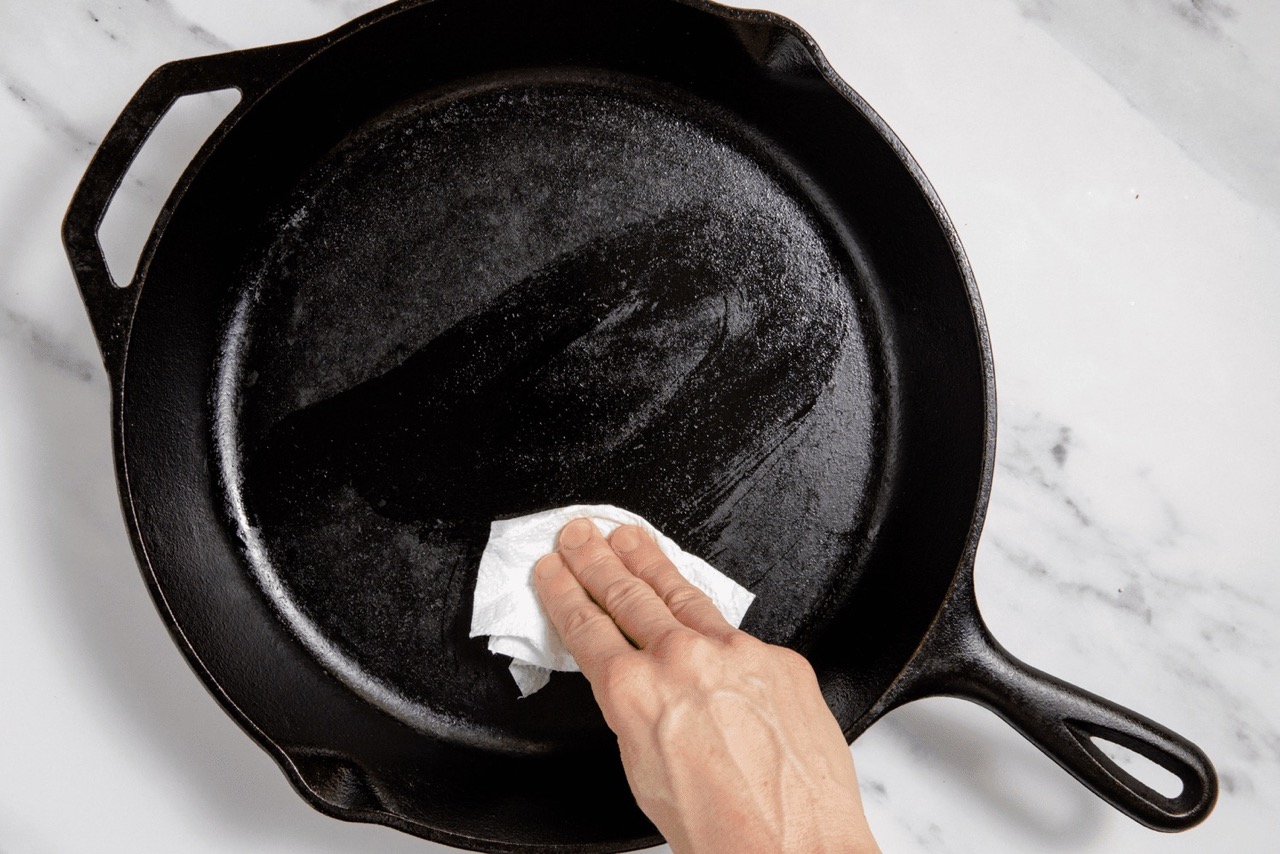
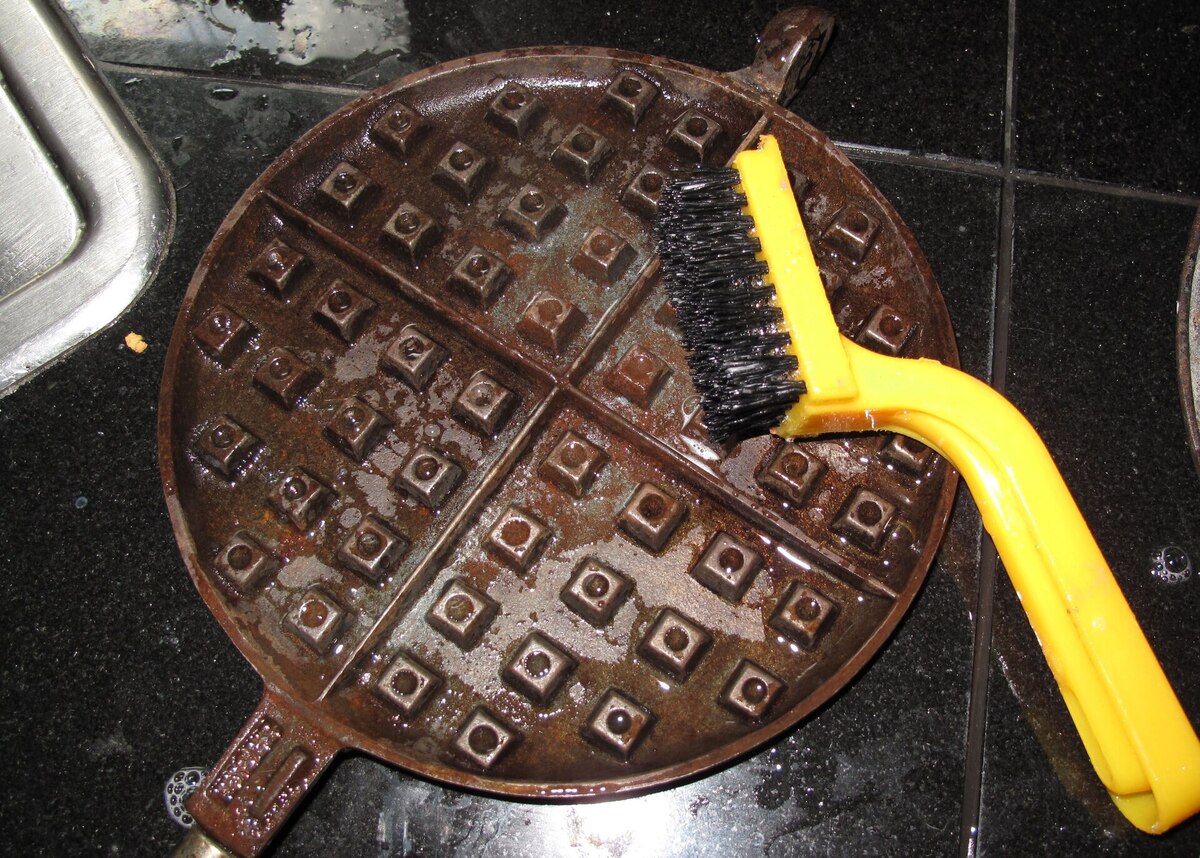
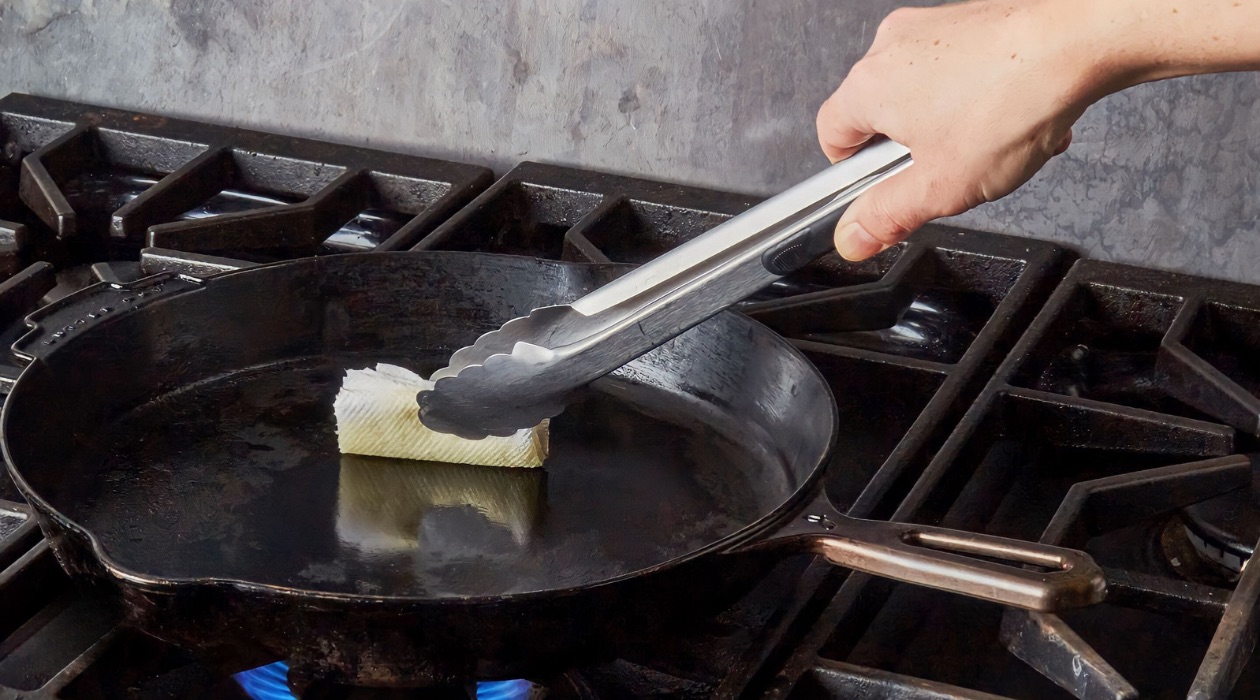

0 thoughts on “How To Clean A White Cast Iron Sink”